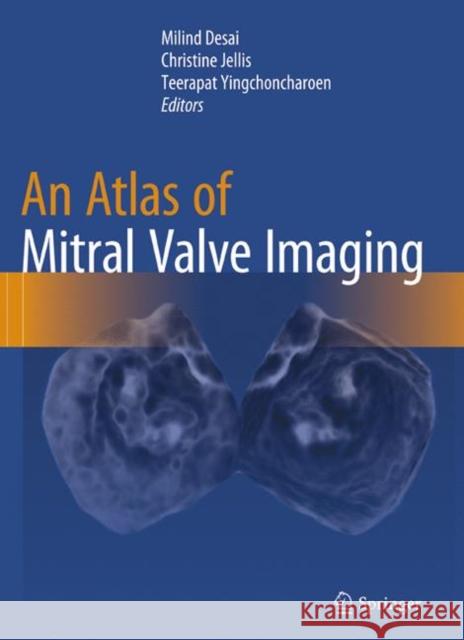An Atlas of Mitral Valve Imaging » książka
topmenu
An Atlas of Mitral Valve Imaging
ISBN-13: 9781447170464 / Angielski / Miękka / 2018 / 284 str.
An Atlas of Mitral Valve Imaging
ISBN-13: 9781447170464 / Angielski / Miękka / 2018 / 284 str.
cena 586,33 zł
(netto: 558,41 VAT: 5%)
Najniższa cena z 30 dni: 578,30 zł
(netto: 558,41 VAT: 5%)
Najniższa cena z 30 dni: 578,30 zł
Termin realizacji zamówienia:
ok. 20 dni roboczych.
ok. 20 dni roboczych.
Darmowa dostawa!
Kategorie BISAC:
Wydawca:
Springer
Język:
Angielski
ISBN-13:
9781447170464
Rok wydania:
2018
Wydanie:
Softcover Repri
Ilość stron:
284
Oprawa:
Miękka
Wolumenów:
01











